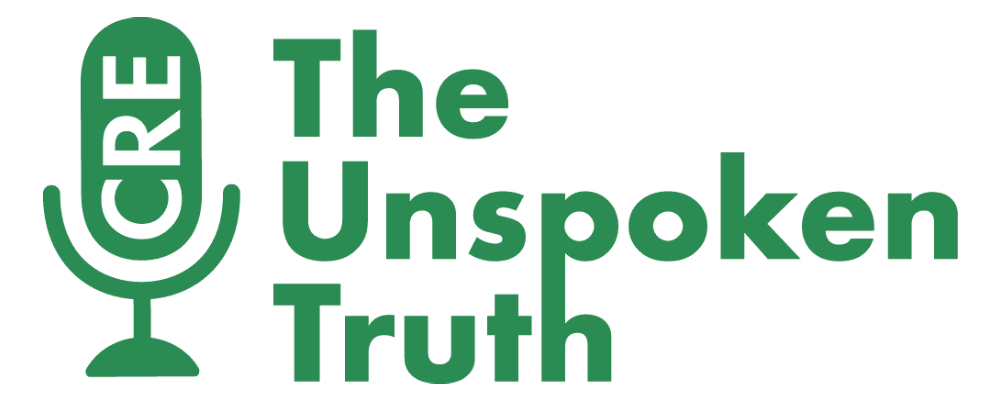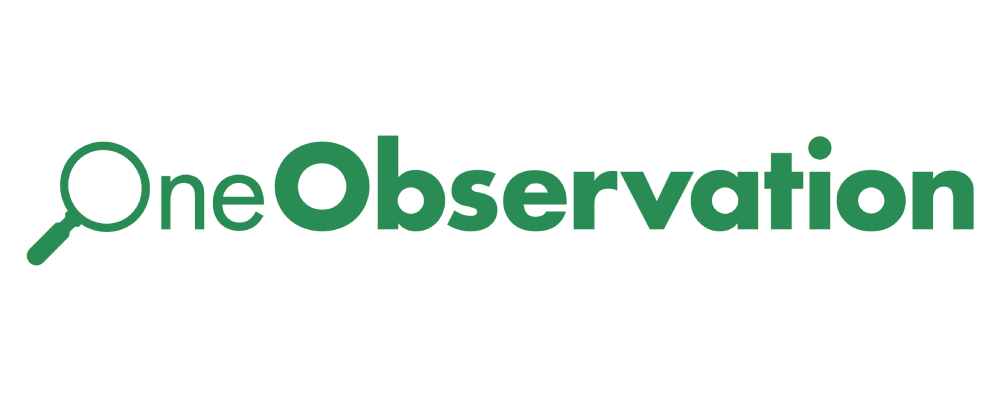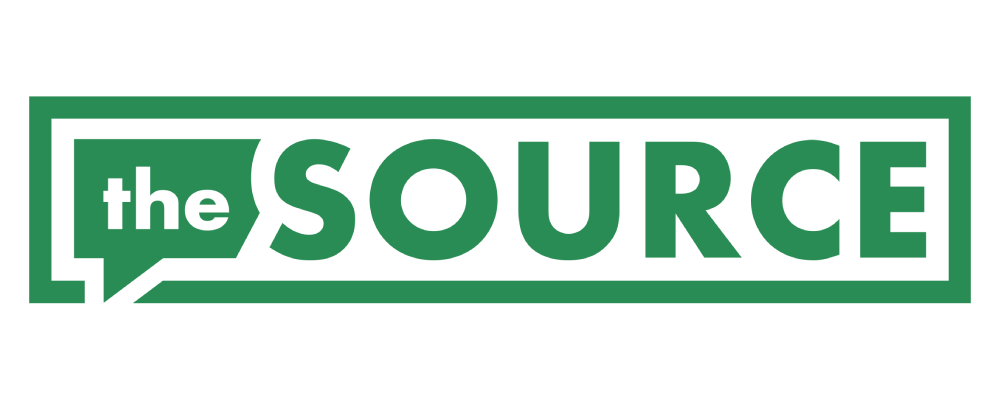It’s no secret that remote work has become wildly popular over the last few years. While the benefits to working from home are plentiful, there are some real drawbacks. In-person interruptions in the office have been replaced by notifications that lead to long periods of little productivity.
One type of remote work, asynchronous work, has become more common as people work across different time zones and countries. Asynchronous work combines the benefits of a flexible work space with the benefits of working whenever you want.
The article below goes into detail on how to make the most out of remote work by moving to an asynchronous format. Some of the tips include eliminating the practice of responding within minutes, which is not practical for every industry, and carving out blocks of both focused work time and communication time.
For me, I am most productive in the morning when there aren’t as many people awake to distract me. The asynchronous format takes this idea and runs with it, allowing you to work in the middle of the day with minimal distraction!
Reach out if this works for you, or if you have any other remote work strategies that have helped.
Charlie Coppola
[email protected]
How To Save Time—And Your Sanity—With Asynchronous Work
Victor Val Mas
Driven to distraction by endless interruptions? It’s time to reclaim your workday.
The advantages of remote work are undeniable.
Since being normalized by the pandemic, remote work has allowed workers to reclaim the time and energy they’d been losing to brutal commutes. Research by Owl Labs and Global Workplace Analytics found that both employee happiness and productivity are up. Seventy percent of respondents want to continue their remote or hybrid working arrangement.
I think it’s safe to say remote work isn’t going anywhere.
A constant stream of dings, pings, and rings is the bane of quality focus time.
But everything has a flipside—and if you’re anything like me, you’ve probably found that as the pandemic normalized remote work, it also altered your communication habits, and not in uniformly positive ways. Leisurely working lunches and long chats over coffee have been replaced by an unending parade of pings, dings, and alerts. A study by Harvard Business Review found that professionals are being interrupted every six to 12 minutes.
The inability to walk into a manager’s office or find a colleague during a coffee break has dramatically increased our need for calls and messages. As a consequence, we’ve lost our “am I interrupting?” sense. But how we communicate (and when we interrupt) is a choice.
Let’s talk about asynchronous communication.
Synchronous communication: Direct and in real time
Synchronous communication is when two or more people interact in real time, with the expectation of immediate (or nearly immediate) responses. There are times when it’s absolutely irreplaceable, especially when relationship building or dealing with urgent or sensitive situations: I’m not recommending having an asynchronous team-building off-site or that a chatbot should deliver your next performance review. Nor would I suggest an asynchronous response to a fire in the break room.
Some things need to be personal, and some things need to be immediate.
Indirect and on your schedule.
In a remote work environment, the pressure to respond instantaneously can be strangely intense, and it’s seldom conducive to productivity. Asynchronous communication modalities allow us to respond on our own terms. They encourage independence and renormalize personal boundaries—the digital equivalent of “my office door is closed right now.”
We can record meetings to view at our leisure, send voice recordings, and use shared documents or systems to track progress. Asynchrony inherently enforces long-understood best practices, such as creating thorough documentation, using written or recorded messaging that preserves a record, and showing respect for people’s time.
Asynchrony is ideal for distributed teams, especially those working globally. (If you’ve ever been awakened by a 3 a.m. text ping from a colleague on the other side of the world and felt the immediate urge to respond, you know what I’m talking about.)
Why adopt asynchronous working?
Research from the University of California, Irvine, suggests that it takes the average person 23 minutes to refocus following an interruption. Not only are interruptions stress provoking, but basic arithmetic tells us that they are very costly to productivity.
Constant distractions lead to less focus time and decreased productivity.
For me, the productivity sweet spot tends to be a ratio of about 60% focus time (including preparing asynchronous communication) to 20% asynchronous communication to 20% in-person relationship building or brainstorming. That’s a far cry from the 9-to-5, back-to-back Zoom meetings on many of our calendars!
Asynchronous work allows us to intentionally carve out solid blocks of focused time.
Embrace asynchrony and reclaim your attention span
Below are some best practices for asynchronous work:
- Don’t turn asynchronous into synchronous
Are you a “lightning strike” email responder? Do you find your stress level rising when you know you have a text message you haven’t read? Forms of asynchronous communication can easily turn into synchronous communication. Resist! It can wait.
- Identify your rabbit holes
Scheduling a meeting can definitely be asynchronous. You can cut down scheduling negotiations by proposing a handful of time slots. Applications like Outlook can generate these for you and send them via email. Before you’re in a meeting, set a clear objective. Is it to inform, brainstorm, or make a decision? Written agendas and feedback are your friends.
- No smoke? No fire
When an employer sets expectations regarding practices such as email response time (assuming something isn’t truly urgent), it can communicate a subtle but unsettling message that employees can’t be trusted to prioritize their work. Managers should not reward “inbox cleaning” behaviors. Arbitrary deadlines, performative meeting attendance, and other attention-slayers should be seen for what they are: distractions.
- Make the most of your synchronous time
Part of the secret to successful asynchronous work is optimizing your synchronous time. In meetings, enable video—eye contact is a thing, and don’t worry—your hair looks fine. Use your asynchronous time to be prepared so you are fully present in face-to-face interactions.
On to asynchronous VICTOR-Y!
Here is my personal mnemonic summary (and I do mean personal!):
Value your time: Optimize communication to focus on your outcomes, and make time for meaningful synchronous work.
Intelligent: Make intelligent choices about the channels you use to communicate, to avoid disruption to others and yourself.
Communication: Asynchronous work doesn’t mean less communication, just fewer interruptions.
Time: Be aware of the effort of refocusing, and engineer your workday to keep it to a minimum.
Offer alternatives: Make it OK to reply via email when you have time and cancel the call.
Repeat: Actions that are done repetitively become habits. Build your asynchronous habits like a bodybuilder builds muscle!
Normalizing asynchronous work communication will improve overall productivity across your entire organization. It minimizes the number of times per day workers lose time to post-interruption brain freeze. It also encourages mindfulness and trust, and fosters a culture of respect in the workplace, which in turn increases morale.
There are enough unavoidable interruptions in life—we don’t need to create more. Embrace asynchrony and regain your focus.









